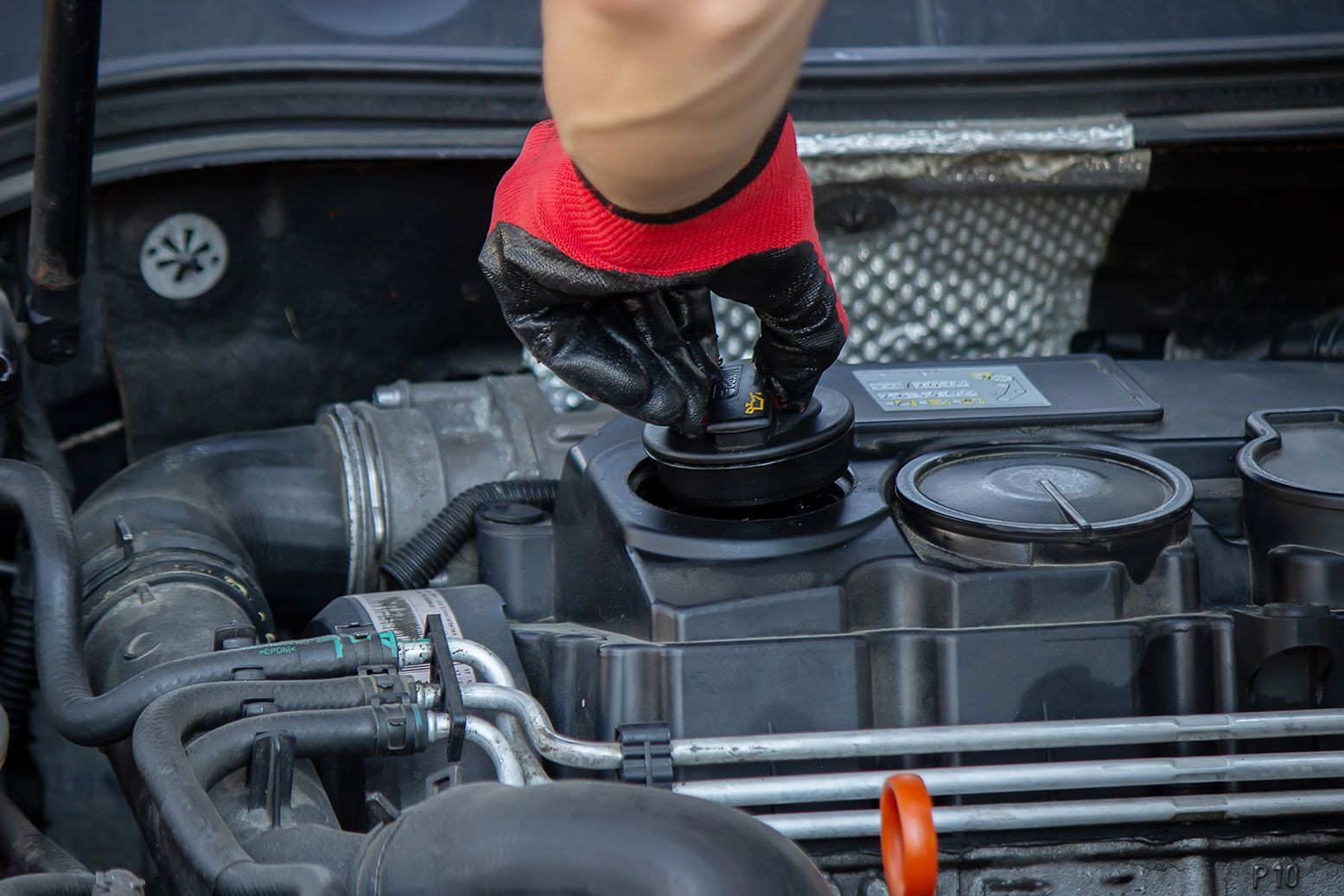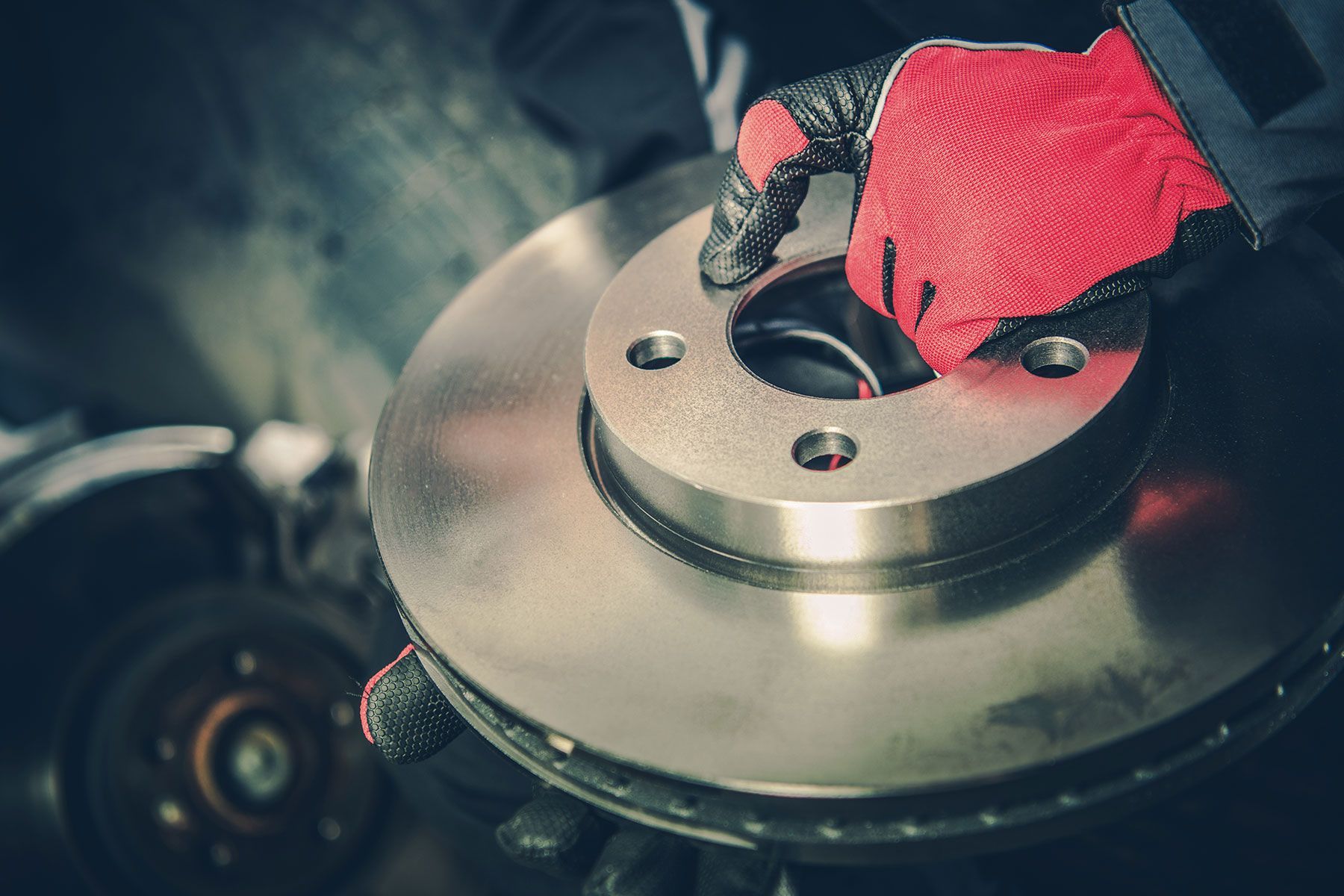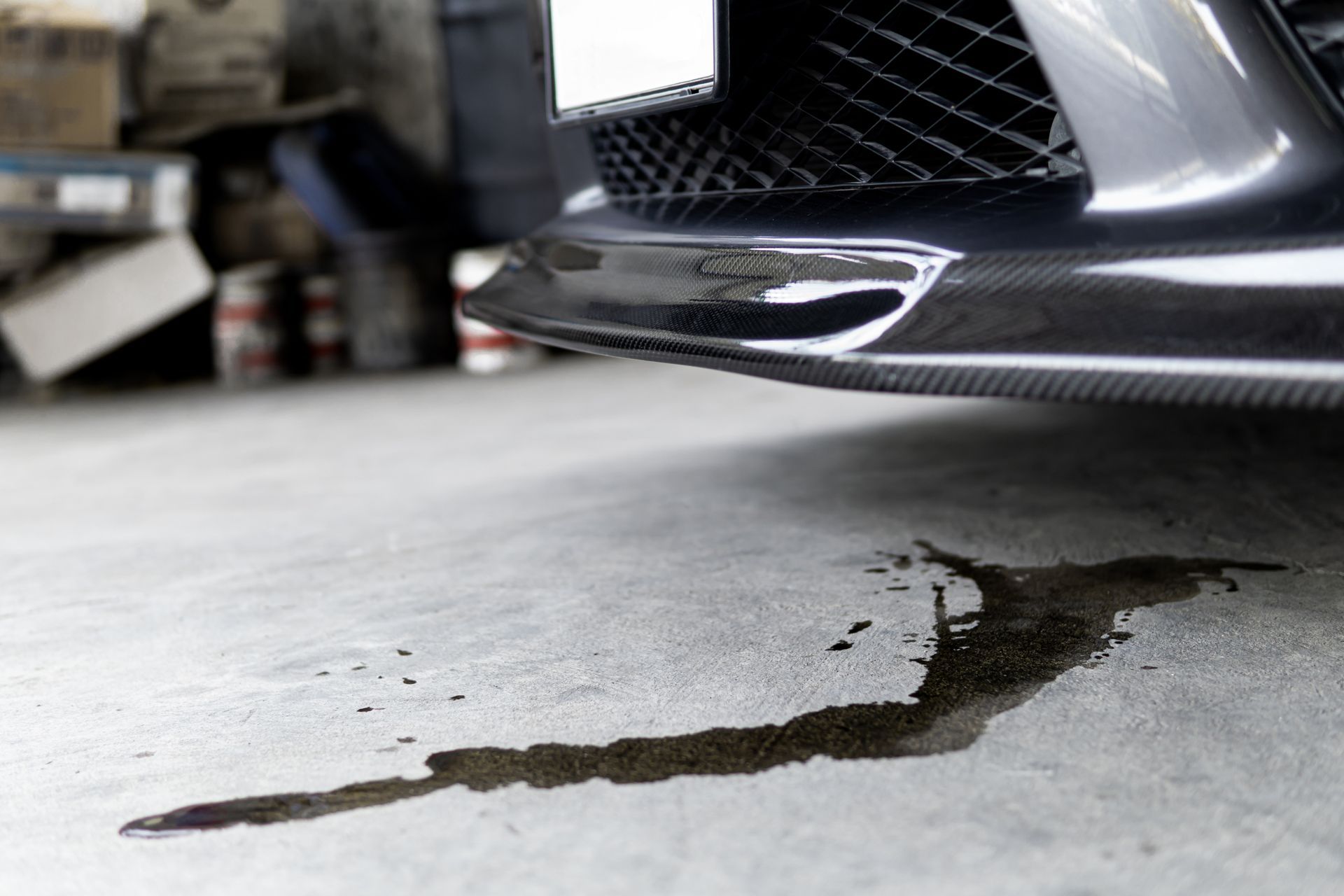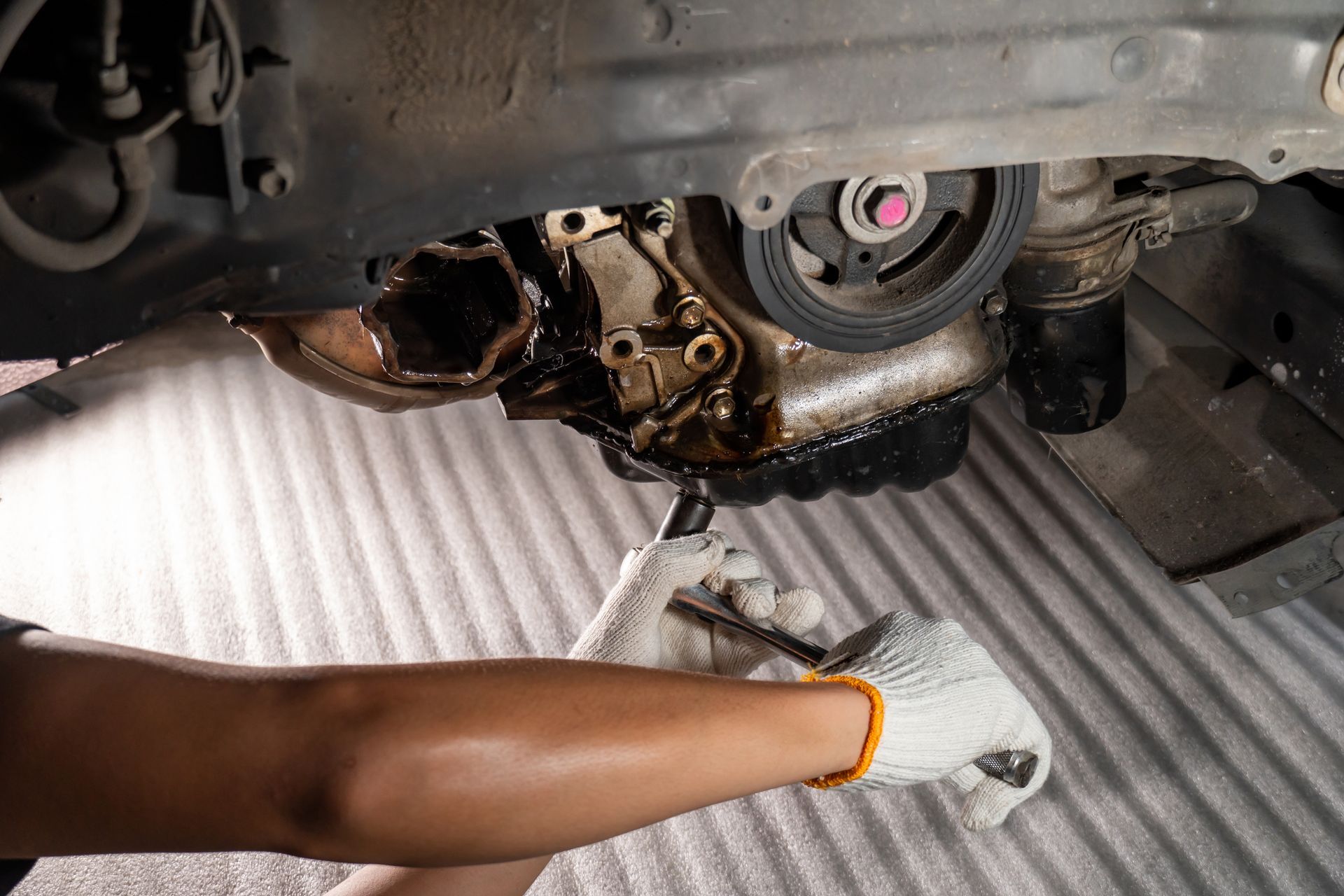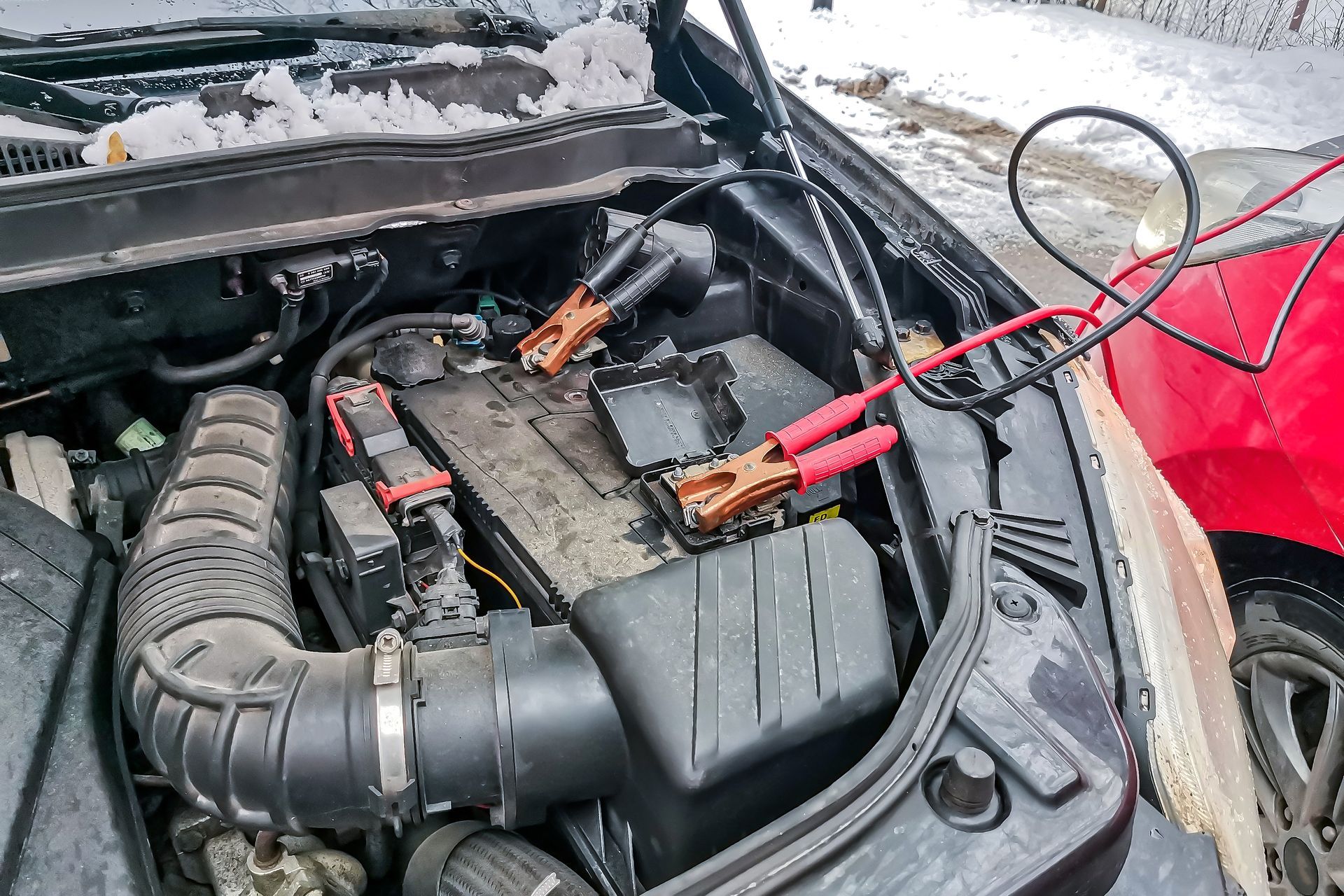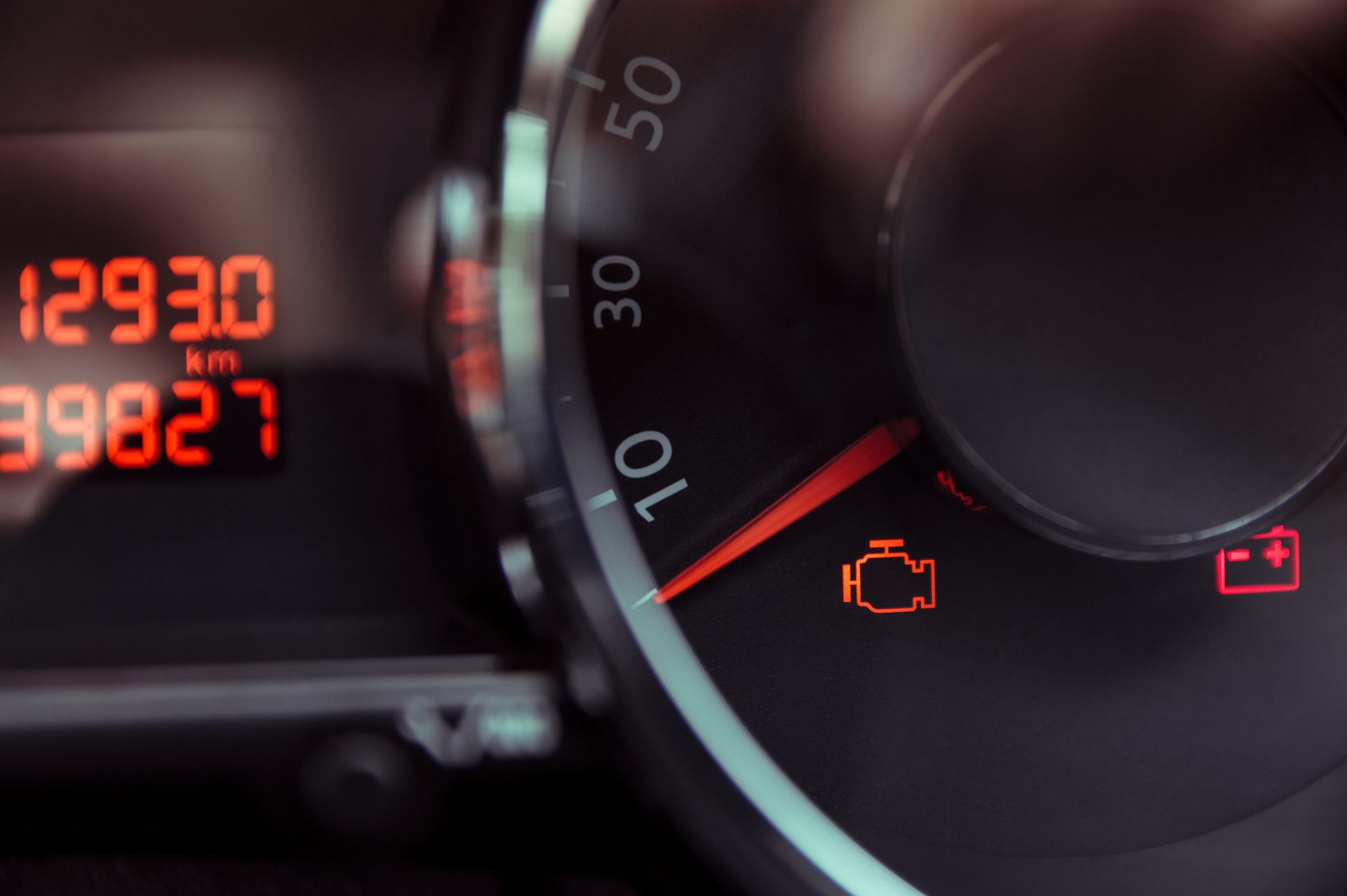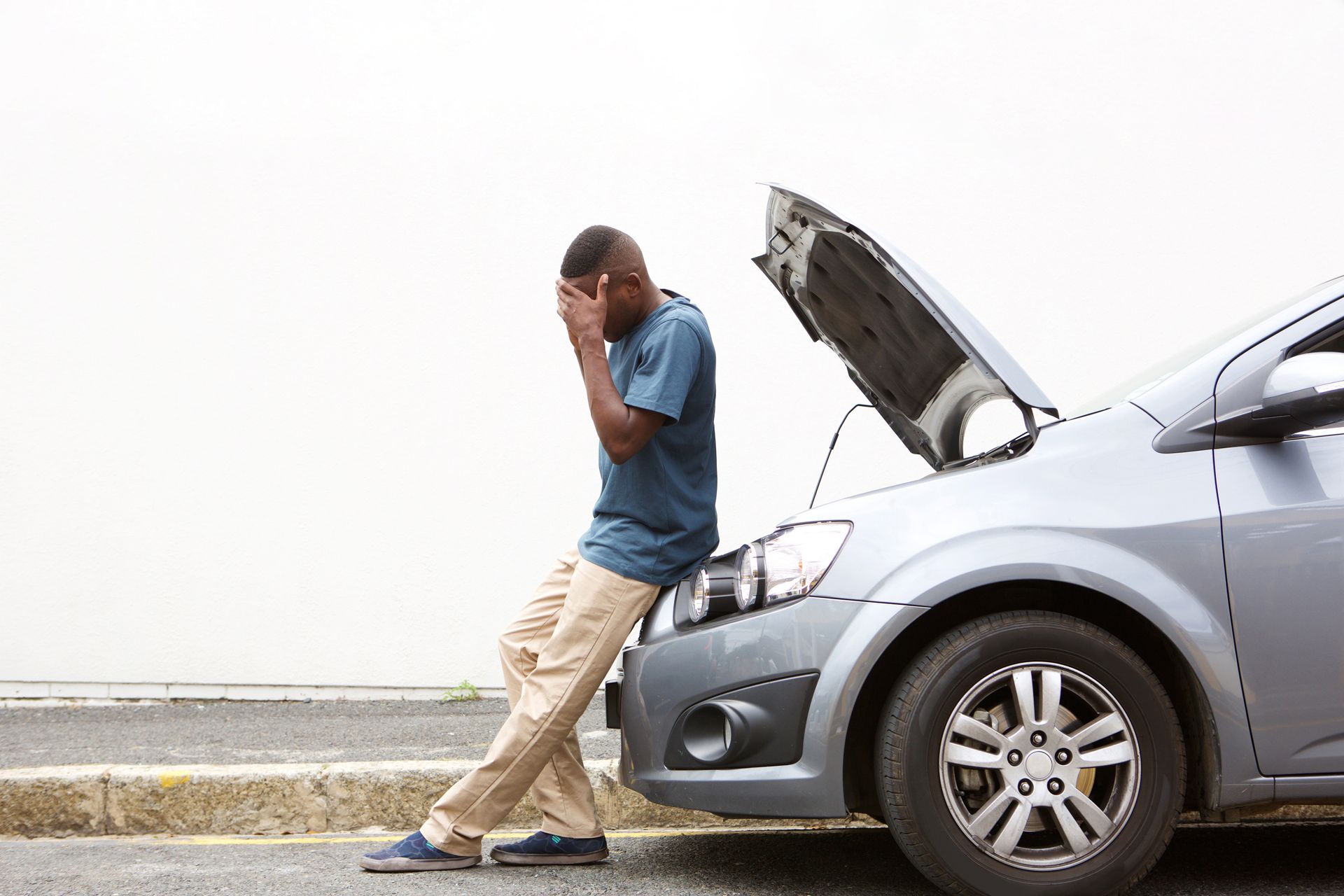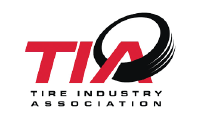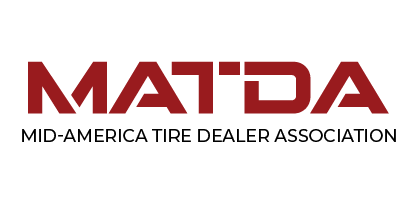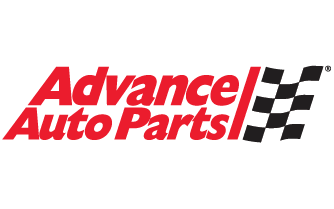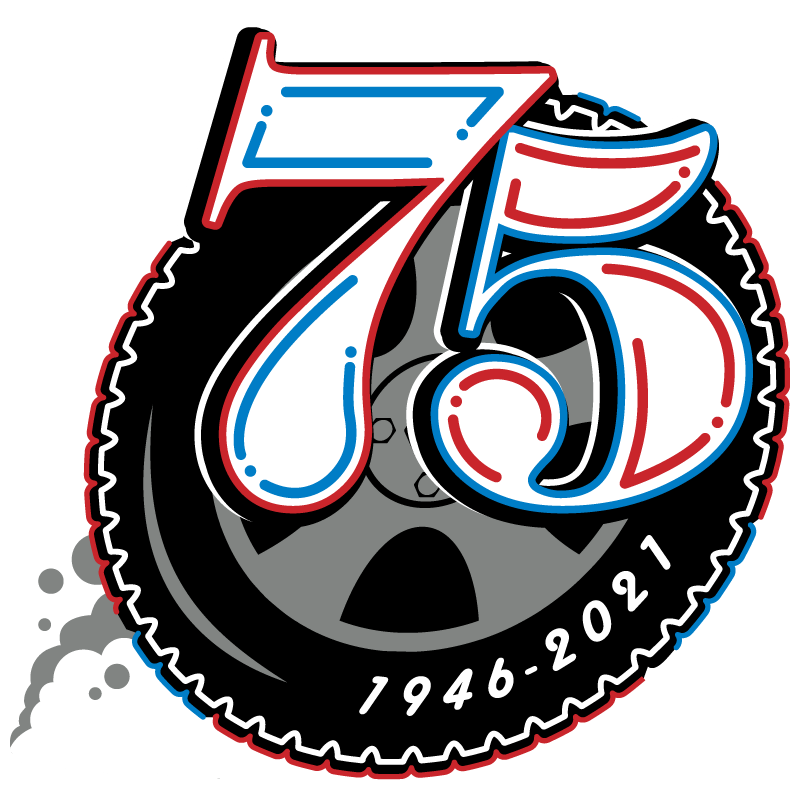When Is It Time to Replace Your Shocks and Struts? Topeka Drivers’ Guide
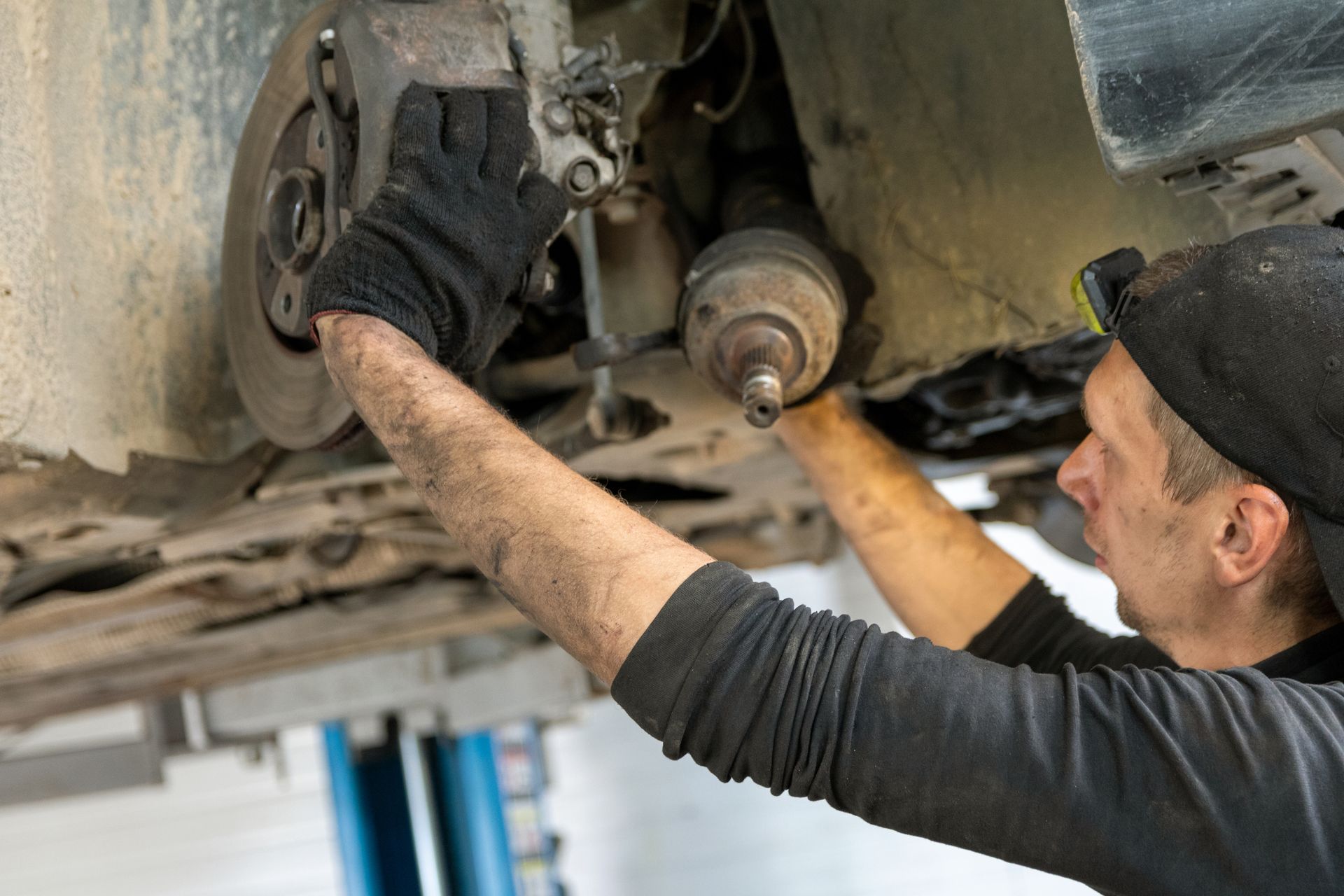
When Is It Time to Replace Your Shocks and Struts? Topeka Drivers’ Guide
Driving around Topeka, KS means dealing with everything from pothole-riddled roads in winter to sudden stops in city traffic. Over time, your vehicle’s suspension system — especially your
shocks and struts — takes a beating. If you’ve noticed your ride feeling rougher or your car leaning during turns, it might be time for a suspension check.
At Performance Tire & Auto, we help Topeka drivers stay safe and comfortable by providing expert shock and strut inspections and replacements. Here’s everything you need to know about these critical suspension components and when it’s time to replace them.
What Are Shocks and Struts?
While often mentioned together, shocks and struts are two different suspension parts:
- Shocks (shock absorbers): Control your vehicle’s bounce by dampening the spring movement.
- Struts: Combine the shock absorber and a structural component in one, often including a coil spring.
Your vehicle will have either shocks, struts, or a combination of both depending on the make and model. Both are essential for:
- Smoother rides
- Improved handling
- Reduced tire wear
- Enhanced braking stability
Why Shocks and Struts Matter in Topeka
Topeka roads can be harsh on suspension components due to:
- Potholes from freeze-thaw cycles
- Uneven rural or secondary roads
- Heavy daily driving and stop-and-go traffic
These conditions accelerate wear on suspension parts, especially in older or higher-mileage vehicles.
7 Signs Your Shocks or Struts May Need Replacement
1. Excessive Bouncing
After hitting a bump or pothole, your vehicle keeps bouncing instead of settling quickly.
2. Nose-Diving When Braking
If the front end dips dramatically during braking, it’s a strong indicator that your shocks or struts are worn out.
3. Uneven Tire Wear
Bad shocks or struts can cause poor contact with the road, leading to cupping or scalloping on your tires.
4. Poor Steering Response or Body Roll
You may feel your vehicle sway excessively in turns or experience a "loose" steering feel.
5. Leaking Fluid
Visible oil or fluid on the shock or strut housing is a sign that the component has failed internally.
6. Clunking or Knocking Noises
Worn struts can make knocking sounds when driving over bumps or during turns.
7. Increased Stopping Distance
A worn suspension can increase brake dive and affect how quickly you can stop safely.
How Often Should You Replace Shocks and Struts?
Most manufacturers recommend replacing shocks and struts every 50,000 to 100,000 miles, but it depends on:
- Your driving habits (rough roads vs highway miles)
- Local climate (Topeka winters add stress)
- Vehicle load and usage (towing, hauling, etc.)
At Performance Tire & Auto,
we recommend a suspension inspection every
12 months or 12,000 miles to stay ahead of wear.
What Happens During a Shock and Strut Inspection at Performance Tire & Auto?
Our ASE-certified technicians will:
- Check for visible damage or leaks
- Test bounce response and ride stiffness
- Inspect suspension mounts and bushings
- Assess tire wear patterns
- Test drive if necessary to evaluate performance
If replacement is needed, we use high-quality parts that match your vehicle’s original ride quality and handling.
Why Choose Performance Tire & Auto in Topeka, KS?
- Trusted Local Experts: We’ve been serving Topeka drivers with integrity and expertise.
- Quality Parts: We use OEM-quality shocks and struts that restore factory performance.
- Fast, Honest Service: We diagnose the issue and explain your options clearly.
- Full Suspension Care: We also handle alignments, tie rods, control arms, and more.
Your comfort and safety are our top priorities.
Schedule Your Suspension Check Today!
Don’t wait until your ride feels like a rollercoaster. If you’ve noticed any signs of worn shocks or struts, schedule a suspension check at Performance Tire & Auto in Topeka today.
Call us at (785) 229-0292 or (785) 357-5116, or schedule your appointment online!
Ride smoother. Stop faster. Drive safer.


